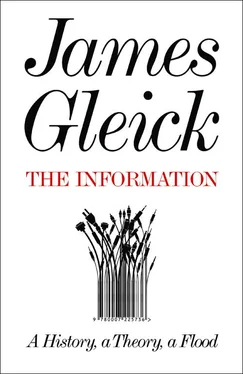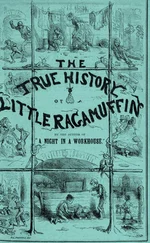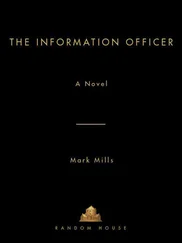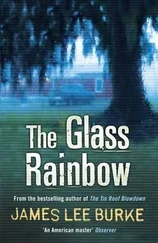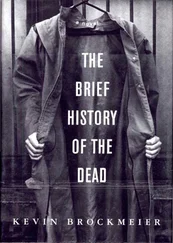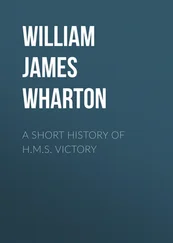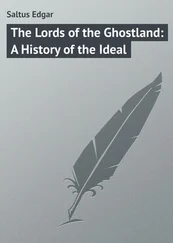The idea of “sympathetic” needles appeared wherever there were natural philosophers and confidence artists. In Italy a man tried to sell Galileo “a secret method of communicating with a person two or three thousand miles away, by means of a certain sympathy of magnetic needles.”
I told him that I would gladly buy, but wanted to see by experiment and that it would be enough for me if he would stand in one room and I in another. He replied that its operation could not be detected at such a short distance. I sent him on his way, with the remark that I was not in the mood at that time to go to Cairo or Moscow for the experiment, but that if he wanted to go I would stay in Venice and take care of the other end.
The idea was that if a pair of needles were magnetized together—“touched with the same Loadstone,” as Browne put it—they would remain in sympathy from then on, even when separated by distance. One might call this “entanglement.” A sender and a recipient would take the needles and agree on a time to communicate. They would place their needle in disks with the letters of the alphabet spaced around the rim. The sender would spell out a message by turning the needle. “For then, saith tradition,” Browne explained, “at what distance of place soever, when one needle shall be removed unto any letter, the other by a wonderfull sympathy will move unto the same.” Unlike most people who considered the idea of sympathetic needles, however, Browne actually tried the experiment. It did not work. When he turned one needle, the other stood still.
Browne did not go so far as to rule out the possibility that this mysterious force could someday be used for communication, but he added one more caveat. Even if magnetic communication at a distance was possible, he suggested, a problem might arise when sender and receiver tried to synchronize their actions. How would they know the time,
it being no ordinary or Almanack business, but a probleme Mathematical, to finde out the difference of hours in different places; nor do the wisest exactly satisfy themselves in all. For the hours of several places anticipate each other, according to their Longitudes; which are not exactly discovered of every place.
This was a prescient thought, and entirely theoretical, a product of new seventeenth-century knowledge of astronomy and geography. It was the first crack in the hitherto solid assumption of simultaneity. Anyway, as Browne noted, experts differed. Two more centuries would pass before anyone could actually travel fast enough, or communicate fast enough, to experience local time differences. For now, in fact, no one in the world could communicate as much, as fast, as far as unlettered Africans with their drums.
——
By the time Captain Allen discovered the talking drums in 1841, Samuel F. B. Morse was struggling with his own percussive code, the electromagnetic drumbeat designed to pulse along the telegraph wire. Inventing a code was a complex and delicate problem. He did not even think in terms of a code, at first, but “a system of signs for letters, to be indicated and marked by a quick succession of strokes or shocks of the galvanic current.” The annals of invention offered scarcely any precedent. How to convert information from one form, the everyday language, into another form suitable for transmission by wire taxed his ingenuity more than any mechanical problem of the telegraph. It is fitting that history attached Morse’s name to his code, more than to his device.
He had at hand a technology that seemed to allow only crude pulses, bursts of current on and off, an electrical circuit closing and opening. How could he convey language through the clicking of an electromagnet? His first idea was to send numbers, a digit at a time, with dots and pauses. The sequence ••• •• ••••• would mean 325. Every English word would be assigned a number, and the telegraphists at each end of the line would look them up in a special dictionary. Morse set about creating this dictionary himself, wasting many hours inscribing it on large folios. 2 He claimed the idea in his first telegraph patent, in 1840:
The dictionary or vocabulary consists of words alphabetically arranged and regularly numbered, beginning with the letters of the alphabet, so that each word in the language has its telegraphic number, and is designated at pleasure, through the signs of numerals.
Seeking efficiency, he weighed the costs and possibilities across several intersecting planes. There was the cost of transmission itself: the wires would be expensive and would convey only so many pulses per minute. Numbers would be relatively easy to transmit. But then there was the extra cost in time and difficulty for the telegraphists. The idea of code books—lookup tables—still had possibilities, and it echoed into the future, arising again in other technologies. Eventually it worked for Chinese telegraphy. But Morse realized that it would be hopelessly cumbersome for operators to page through a dictionary for every word.
His protégé Alfred Vail, meanwhile, was developing a simple lever key by which an operator could rapidly close and open the electric circuit. Vail and Morse turned to the idea of a coded alphabet, using signs as surrogates for the letters and thus spelling out every word. Somehow the bare signs would have to stand in for all the words of the spoken or written language. They had to map the entire language onto a single dimension of pulses. At first they conceived of a system built on two elements: the clicks (now called dots) and the spaces in between. Then, as they fiddled with the prototype keypad, they came up with a third sign: the line or dash, “when the circuit was closed a longer time than was necessary to make a dot.” (The code became known as the dot-and-dash alphabet, but the unmentioned space remained just as important; Morse code was not a binary language. 3 ) That humans could learn this new language was, at first, wondrous. They would have to master the coding system and then perform a continuous act of double translation: language to signs; mind to fingers. One witness was amazed at how the telegraphists internalized these skills:
The clerks who attend at the recording instrument become so expert in their curious hieroglyphics, that they do not need to look at the printed record to know what the message under reception is; the recording instrument has for them an intelligible articulate language. They understand its speech . They can close their eyes and listen to the strange clicking that is going on close to their ear whilst the printing is in progress, and at once say what it all means.
In the name of speed, Morse and Vail had realized that they could save strokes by reserving the shorter sequences of dots and dashes for the most common letters. But which letters would be used most often? Little was known about the alphabet’s statistics. In search of data on the letters’ relative frequencies, Vail was inspired to visit the local newspaper office in Morristown, New Jersey, and look over the type cases. He found a stock of twelve thousand E’s, nine thousand T’s, and only two hundred Z’s. He and Morse rearranged the alphabet accordingly. They had originally used dash-dash-dot to represent T, the second most common letter; now they promoted T to a single dash, thus saving telegraph operators uncountable billions of key taps in the world to come. Long afterward, information theorists calculated that they had come within 15 percent of an optimal arrangement for telegraphing English text.
No such science, no such pragmatism informed the language of the drums. Yet there had been a problem to solve, just as there was in the design of a code for telegraphers: how to map an entire language onto a one-dimensional stream of the barest sounds. This design problem was solved collectively by generations of drummers in a centuries-long process of social evolution. By the early twentieth century the analogy to the telegraph was apparent to Europeans studying Africa. “Only a few days ago I read in the Times ,” Captain Robert Sutherland Rattray reported to the Royal African Society in London, “how a resident in one part of Africa heard of the death—in another and far remote part of the continent—of a European baby, and how this news was carried by means of drums, which were used, it was stated, ‘on the Morse principle’—it is always ‘the Morse principle.’ ”
Читать дальше
